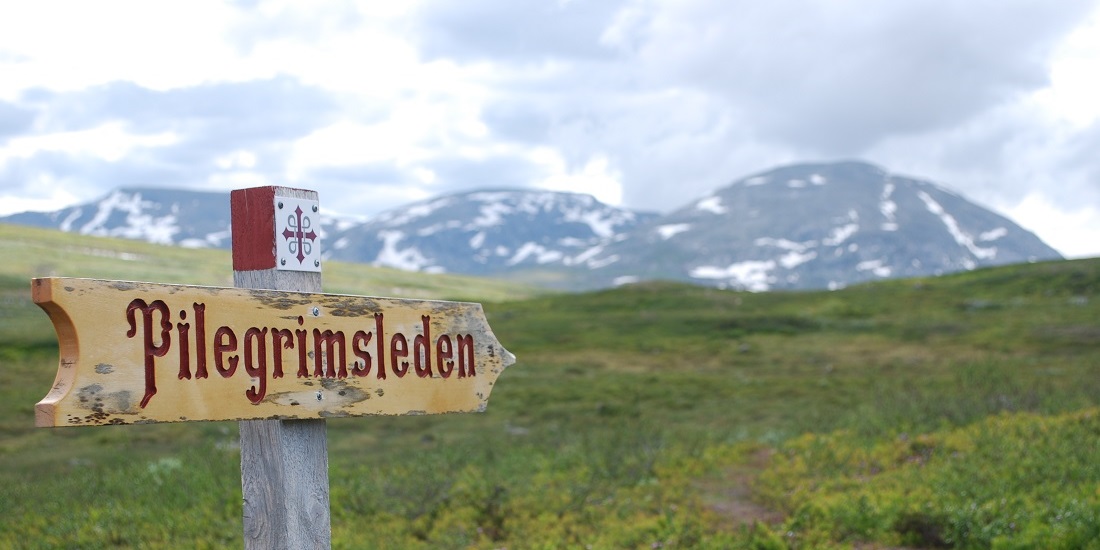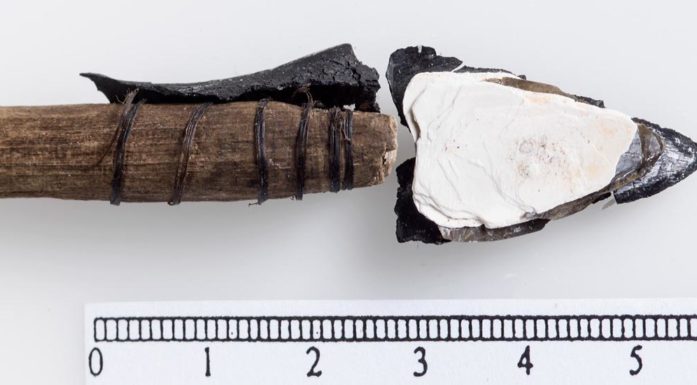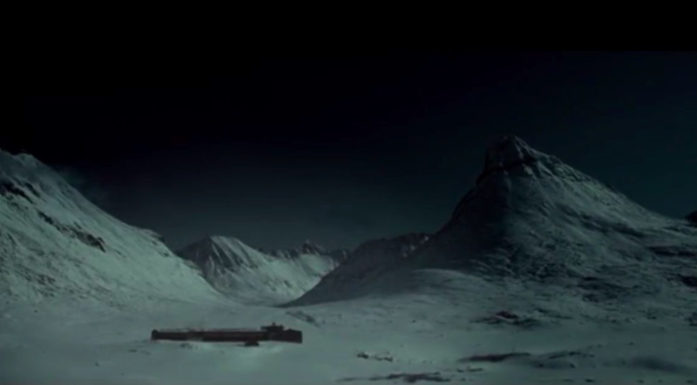Project lures pilgrims beyond well-trodden paths
Hundreds of thousands of pilgrims make use of Europe’s many pilgrimage walks every year. However, travellers tend to visit only a few of the attractions along the routes. The EU project “rurAllure” aims to attract travellers to lesser-known sites of interest.
Every year, over 400 000 pilgrims from all over the world set out on a journey towards one of Europe’s most famous pilgrimage destinations, Santiago de Compostela. Along the way, they leave behind more than 300 million euros worth of consumer spending.
A less gratifying reality lies behind these impressive numbers, however.
Ole Edward Wattne, an assistant professor at NTNU’s Department of Design in Gjøvik, explains. “Some accommodations or cultural heritage sites in the immediate vicinity of a pilgrimage route might be visited by thousands of people every year, whereas a few hundred metres away, just as fine a destination could be on the verge of bankruptcy.”
This skewed distribution, which is typical for several of Europe’s many pilgrimage routes, is just one of the challenges that the EU project rurAllure aims to tackle. The project was also highlighted by the World Tourism Organization earlier this year for its efforts to create a more sustainable and universally accessible tourism model.
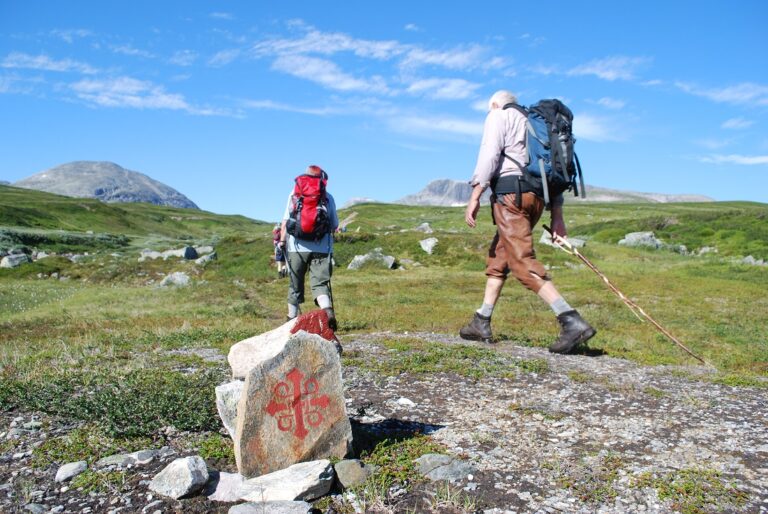
In the 1990s, the practice of pilgrimage experienced a new renaissance in Norway. Nidaros, today’s Trondheim, was re-established as a pilgrimage destination, and today several thousand walkers use the various routes to it. Photo: Mattias Jansson, National Pilgrim Centre
“Good signage and trail marking – both physical and digital – help to promote the route for all users. In the rurAllure project, we build and share knowledge about labelling, accessibility and universal design among the European participants,” says Wattne.
Religious tradition in secular garb
Historically, people embarked on pilgrimages for mainly religious reasons. In Norway, the tradition has been linked closely to the Catholic faith. When the Lutheran Reformation took place in the middle of the 16th century, the activity almost died out.
But in the 1990s, almost 450 years later, the practice of pilgrimage experienced a new renaissance in Norway. Nidaros (today’s Trondheim) was re-established as a pilgrimage destination, and today several thousand people a year use the various routes to it.
Many people still go on a pilgrimage for religious reasons, but a number of other reasons also inspire people to walk a pilgrimage route.
“Some people see it as a personal challenge. Some people might be most interested in nature experiences along the way, and others primarily think of it as an environmentally conscious alternative to taking their holidays in the south,” says Wattne.
This is "rurAllure"
The name "rurAllure" plays on the words "rural" and "allure."
As of today, the project has four pilot projects underway with the following pilgrimage destinations. Each pilot has a separate area of focus adapted to the natural and cultural historical conditions along the trails associated with it.
- Santiago de Compostela, Spain. Focus: Spain's rich literary heritage
- Rome, Italy. Focus: The many historically important heat sources along the trails
- Csiksomlyó, Romania. Focus: Romania's natural heritage attractions and the spaces for reflection they open up for pilgrims
- Trondheim, Norway. Focus: Ethnological descriptions of the local population's life and artefacts through the ages
Much more than just an interactive trail guide
It is not a given that everyone will be interested in visiting the same cultural heritage sites and attractions along a route. One of the main goals of rurAllure is therefore to give pilgrims the opportunity to tailor their own journey to the greatest extent possible.
To this end, rurAllure is collecting relevant information for pilgrims within a radius of 25 kilometres from the trails in an open database. This resource contains practical information about cultural heritage sites and other attractions. The database will also contain large amounts of local historical knowledge, obtained and organized especially for the project.
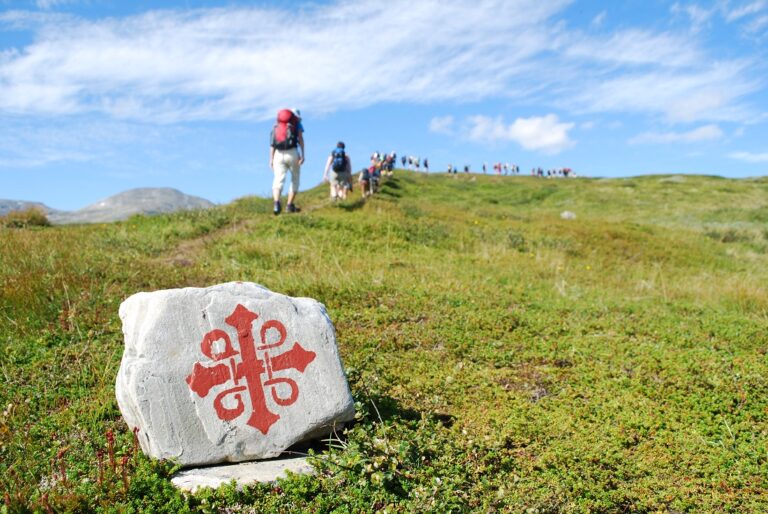
The map app offers a number of functions specially developed for travellers to customize their own pilgrimage experience as much as possible. Photo: Mattias Jansson, National Pilgrim Centre
The extensive collection work is already well under way and includes a mobile app.
“With the new app, you can see where you are along the path at any given time,” says Wattne. Along the way, information about cultural heritage sites and other relevant points of interest appear on the screen.
The app might sound confusingly similar to Google Maps. However, the rurAllure pilgrims’ portal offer a number of functions specially developed for walkers to customize their own pilgrimage experience, developed in collaboration with the Spanish technology company GVAM.
- You might also like: Icelandic drinking horn changes our understanding of St. Olav
Tailor-made stories
“Every pilgrimage destination will have stories adapted to the natural and cultural-historical conditions along the trail that it links to,” says Wattne. The stories are presented as sound-walks in the form of audio recordings that automatically play as you approach a certain location. That way, as a pilgrim, you can “read” and get to know the physical landscape. The stories might also open up space for deeper interpretations.
Pilgrims interested in Christian cultural heritage and medieval archaeology, for example, will be able to choose sound-walk stories that not only take them through all of Gudbrandsdalsleden’s well-preserved medieval churches, but also link them together in thematically coherent narratives.
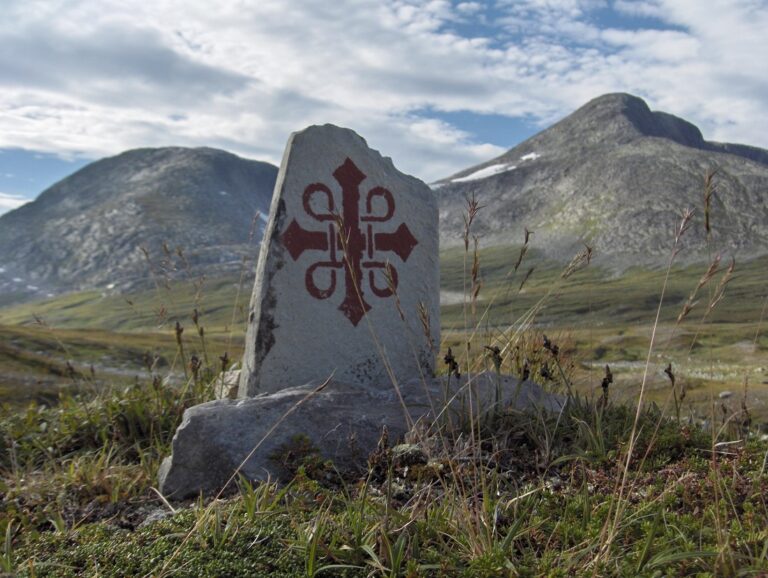
The project’s aim is not to commercialize the pilgrimage routes. Rather, it is about making them accessible and attractive to more people. Photo Mattias Jansson, National Pilgrim Centre
“If, on the other hand, you have more worldly interests, the rich distillery history along Lake Mjøsa’s banks might tempt you more,” says Wattne with a smile.
This feature facilitates a more tailored experience. These stories also bring unique learning opportunities that a pilgrimage offers.
“Pilgrimages usually take place over several days, or even weeks and months, at a stretch. This opens up completely different opportunities for immersion than a traditional museum visit,” says Wattne.
- You might also like: The beauty of the battlefield
Project has no desire to commercialize routes
The technology is set up so that service providers along the trails can create their own accounts and maintain the content themselves. Although dining and accommodations can be found on the rurAllure app, Wattne makes clear that this is not where the focus of the project lies.
“The project has no desire to commercialize the pilgrimage routes. It is about making them accessible and attractive to more people through a focus on cultural heritage and universal design,” says the NTNU researcher.
The National Pilgrim Centre is a key partner for rurAllure in Norway. Senior advisor Mattias Jonsson explains that the Centre joined the project to learn more about how the academic world works and to get to know other cultural institutions along the pilgrimage route better. He says the collaboration has already borne fruit.
“We’ve learned a lot about good working methods and practical devices from our partners in rurAllure,” says Jonsson.
He can confirm that pilgrimages are by no means a thing of the past.
“Their scope is extensive, and we’re seeing a big increase in pilgrim traffic.
Sources:
López Salas E. “A collection of narrative practices on cultural heritage with innovative technologies and creative strategies.” Open Res Europe 2021, 1:130. https://doi.org/10.12688/openreseurope.14178.1
